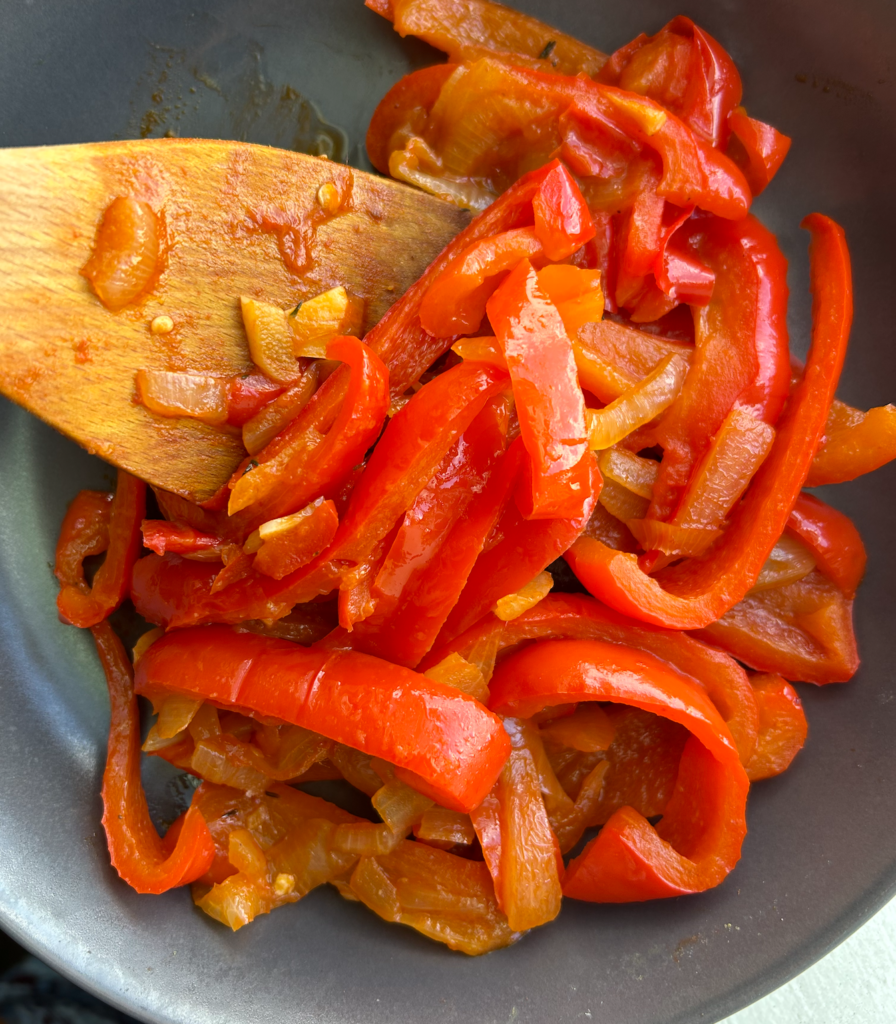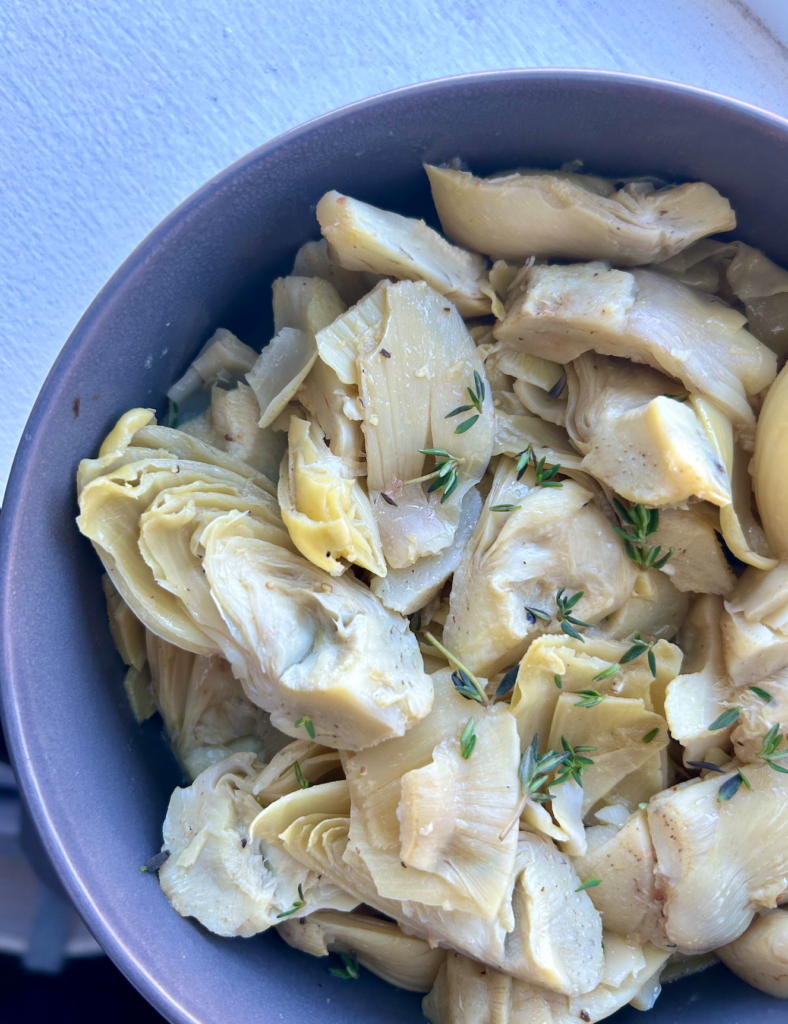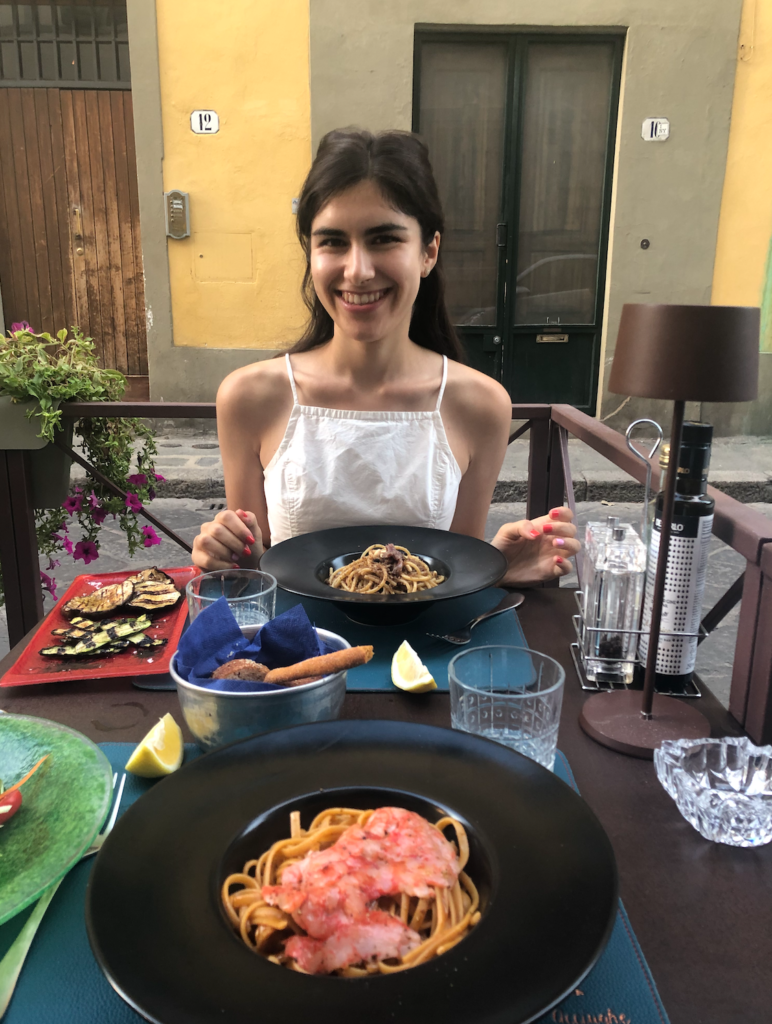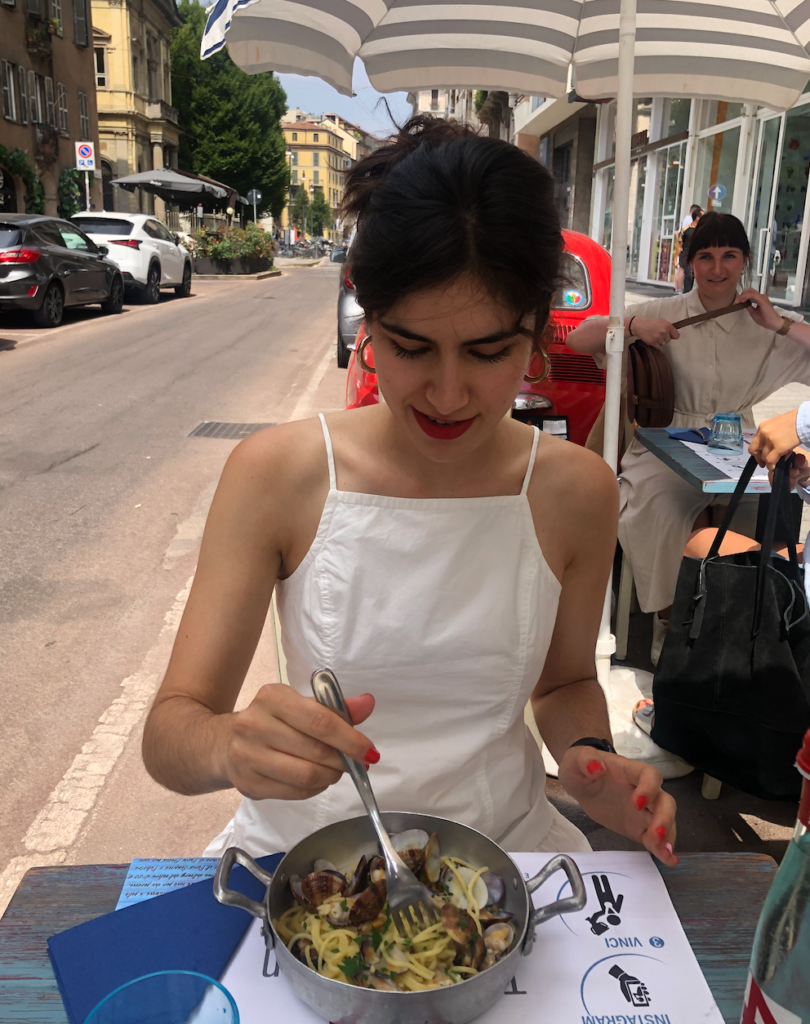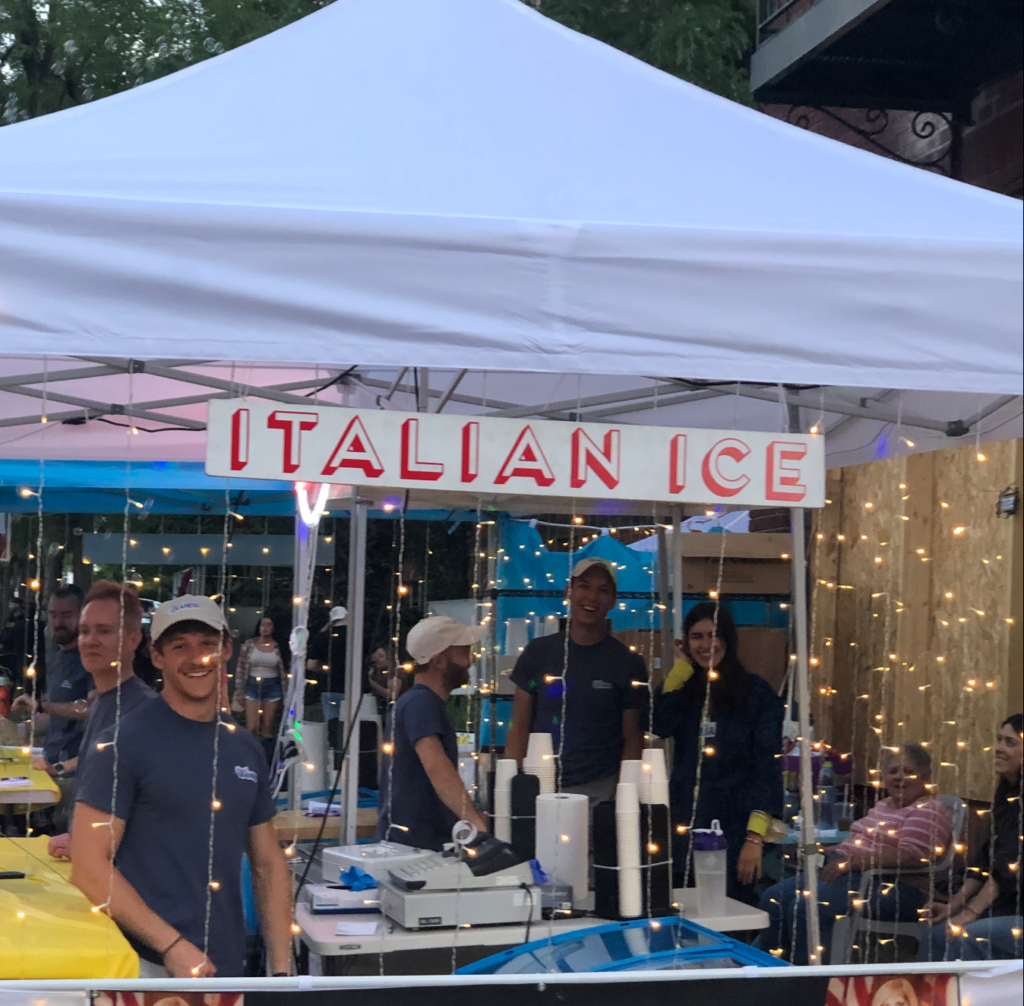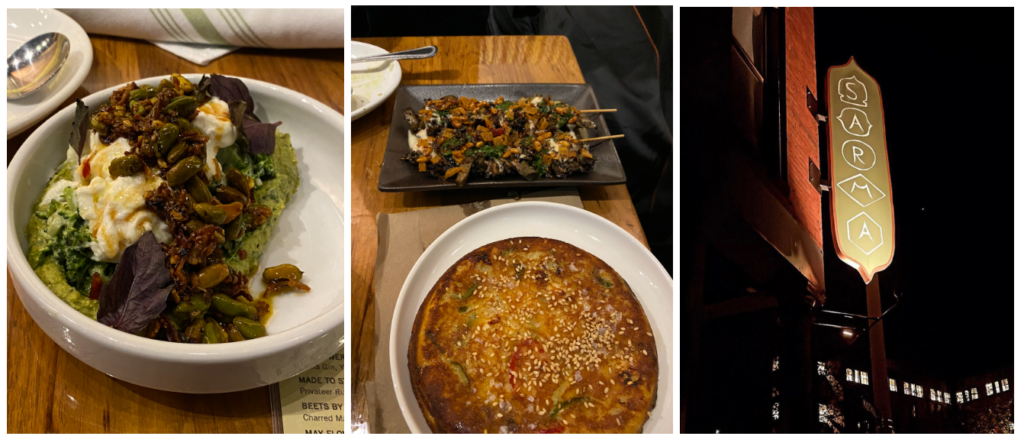As my final semester, I am taking an Anthropology Fieldwork Lab on food waste on campus. This class has encouraged me to critically examine the root causes of food waste.
Throughout our exploration of food consumption behaviors, one of the prevailing themes that surfaces is food as a relationship. People engage with food in a deeply intimate way, investing emotions, socialness, time, and money in planning, expecting, cultivating, provisioning, cooking, eating, and ultimately dispensing it, in one form or another. It is simultaneously an extremely personal, yet sometimes taken-for-granted, relationship. My memory harkens back to Prof. Stanton’s imagining the personification of the refrigerator, crying for attention. Pieces by Evans, Martínez, and Larkin have been guiding forces in this relational framing of food and individuals in the broader context of agribusiness agendas. After stewing over these anthropologists’ arguments and the transcripts and discussions of my classmates, I radically integrate this relationship as a cycle of abuse, sometimes unbeknownst to the victim themself.
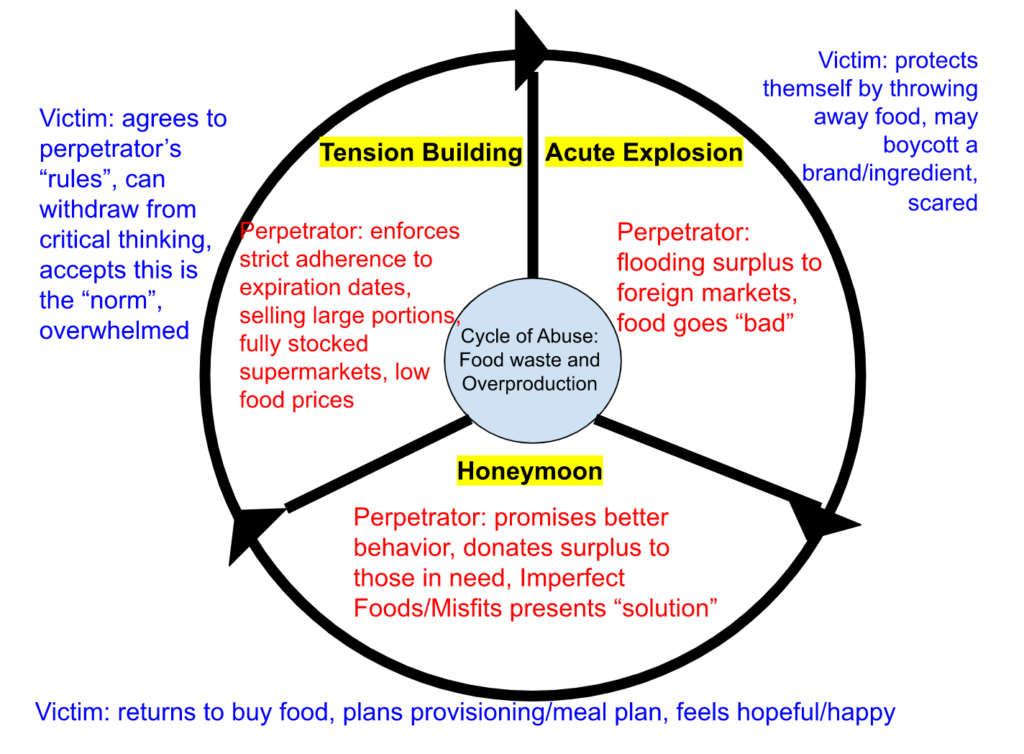
Figure 1. A work in progress: my attempt at blending Evans and Martinez’s perspectives of food as a relationship with the stages and characteristics of the cycle of abuse.
My figure attempts to visualize this relationship in the three stages of an abusive relationship: honeymoon, tension building, and acute explosion. When creating this schematic, it was difficult to discern who is the victim and perpetrator. In general, I associate the victim with consumers, inspired by how Martínez argues that people’s conception of waste is synonymous with failure and disrespect, writing that “when people and places become associated with waste, they may be seen as waste themselves, disposable and superfluous, reduced to zero value” (346). This is helpful in paralleling how in being associated with waste or abuse, victims are zeroed and therefore de-humanized. While not the central focus of my memo, it is worth noting that the Earth is a victim of this abuse as well. At times, however, the consumer can also be a perpetrator. Most glaringly, I think of how my faculty interviewee said, “I tend to abuse prepared foods to be honest with you [due to convenience and ease].” The perpetrator can be food as a singular ingredient, as memorialized by my eggplant field notes, or as one of Chung’s interviewees said: “I found a, like, a molding zucchini—like it was turning *black*. Um, I didn’t know that that could happen. I was a little scared.” This demonstrates an Acute Explosion of an ingredient going bad, with the victim feeling understandably “scared” by the transformation of a once-seemingly-innocent zucchini. Expanding beyond a singular ingredient as an “abuser”, it is important to zoom out to identify other potential “perpetrators”. As Princess Diana said about her impending divorce in her notorious BBC interview, “There were three of us in this marriage.” The third entity in this marriage is infrastructural agribusinesses – corporations so humongous and omnipresent, to the point that we as consumers oftentimes do not even recognize them. In fact, many times, victims do not even identify the perpetrator as an abuser, unconscious of their coercive behavior.
Continue reading